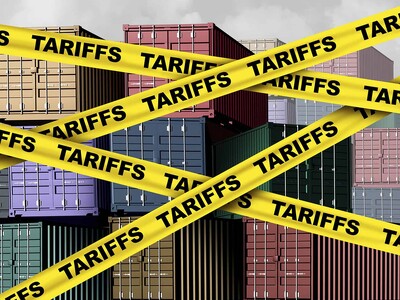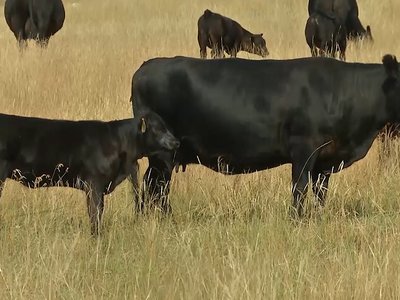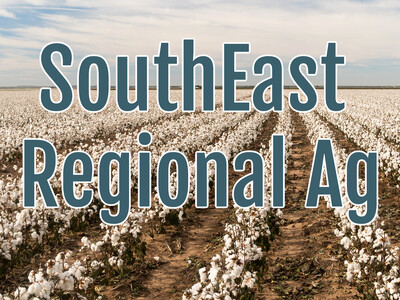Getting Transparent & New ACRE Program
Getting Transparent & New ACRE Program plus Food Forethought. I’m Greg Martin with today’s Northwest Report.
The House Agriculture Committee has approved legislation to increase the transparency and strengthen oversight of futures, options and over-the-counter markets. By voice vote, the Committee approved the Derivatives Markets Transparency and Accountability Act of 2009, a bill sponsored by Committee Chairman Collin Peterson.He pointed out this bill broadens and improves on last year's bipartisan derivatives legislation. He called on Congress to act quickly and pass a bill that will bring much-needed transparency to derivatives markets.
USDA officials tentatively have set April First as the date sign up begins for the new Average Crop Revenue Election program. Brad Karmen of USDA's Farm Service Agency explains the program and how it replaces the countercyclical portion of the Direct and CounterCyclical program.
KARMEN: The ACRE program replaces the countercyclical part of the Direct and CounterCyclical program. That program has been in effect since 2002. Under that program you get a countercyclical payment when prices fall below certain levels. Under the ACRE program which replaces the countercyclical portion of DCP, you payments based on revenue not just prices and revenues composed of yields and prices. Multiply the two together and you get a revenue. So if revenue falls, you get a payment.
Now with today’s Food Forethought, here’s Lacy Gray.
One man’s trash is another man’s treasure, or in the case of biomass, possibly everyone’s treasure. Biomass, which consists of anything from household garbage to yard clippings or wood waste, is becoming big business. The search for alternative fuel sources has led energy experts to the waste can, and for good reason, it’s plentiful and it’s cheap. But not all garbage is created equal. Biomass from wood waste or grass clippings is essentially carbon neutral, meaning it doesn’t add to greenhouse gases. However, plastic waste that’s been made by a fossil fuel will release quite a bit of carbon leaving a King Kong size footprint. There are several biomass plants across the nation and some have been producing energy since the 1980’s. According to the Energy Information Administration more than half of our nation’s renewable energy in 2007 was produced from biomass. Gives one pause as they take out the daily garbage; you may just be furnishing the energy to light up your neighborhood some day.
Thanks Lacy. That’s today’s Northwest Report. I’m Greg Martin on the Northwest Ag Information Network.














